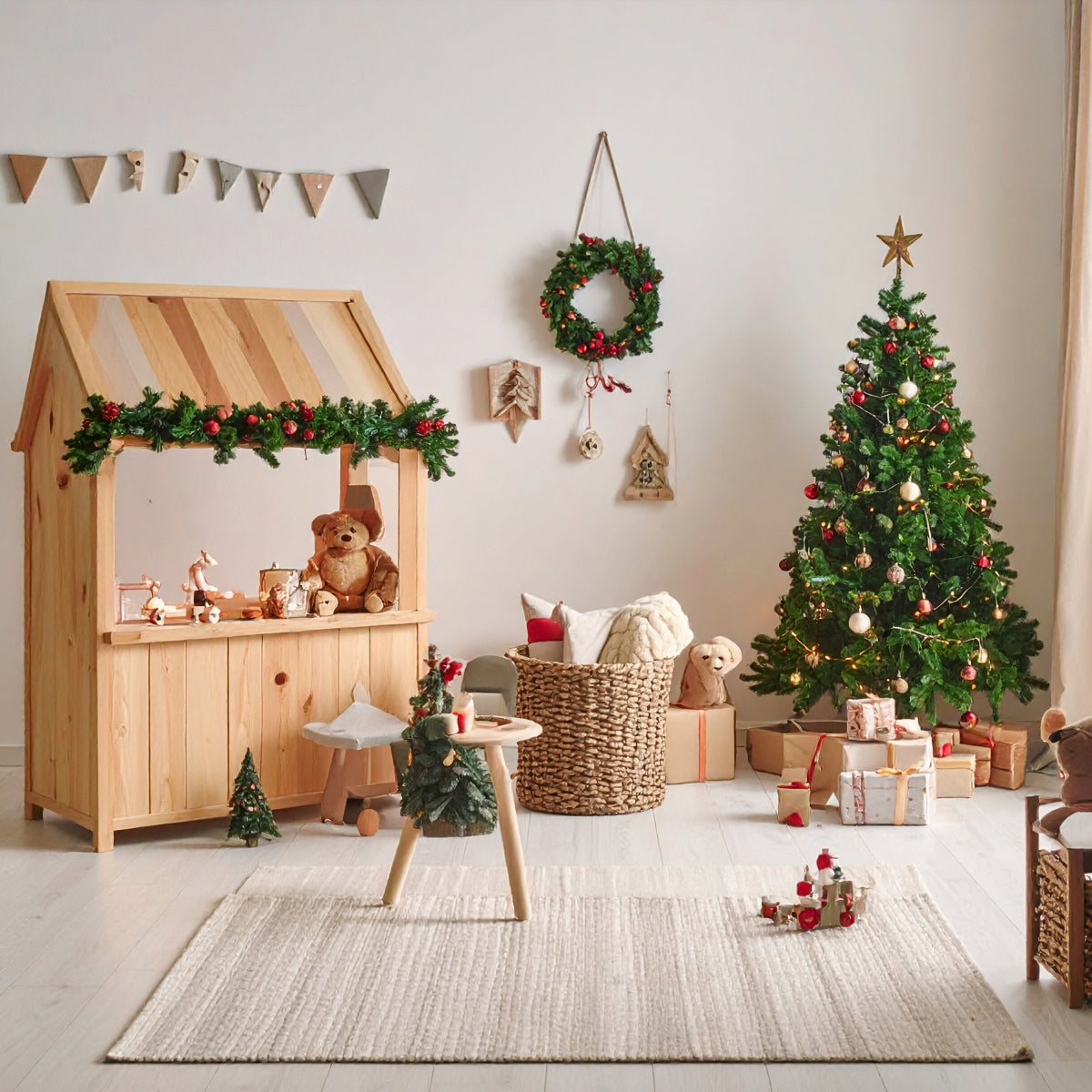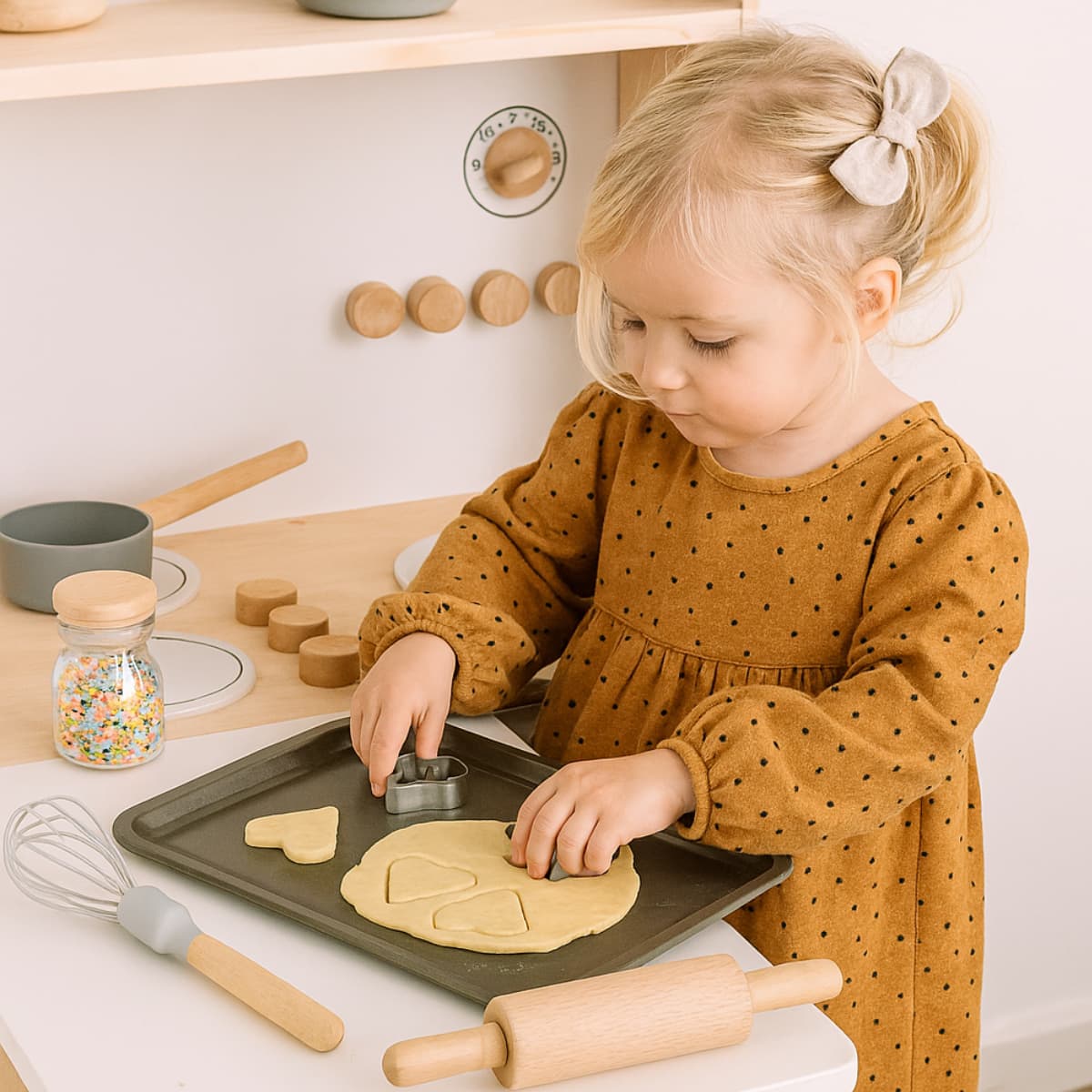
Spruce
Spruce Wood – Properties, Uses & Special Features
Spruce wood comes from trees of the Picea genus, especially Norway spruce (Picea abies). It is one of the most important European softwoods and is valued for its availability, workability, and versatility.
Origin & Species
-
Genus: Picea
-
Main species: Norway spruce, Sitka spruce, Serbian spruce
-
Distribution: Europe, North America, Asia
-
Sustainability: Fast-growing, regionally available
Appearance & Structure
-
Color: Whitish to yellowish, darkens to yellow-brown over time
-
Grain: Distinct, with alternating early and late wood
-
Surface: Matte sheen, resin-rich
-
Special feature: Visible knots and resin canals
Technical Properties
| Feature | Description |
|---|---|
| Hardness | Soft (Brinell hardness approx. 12–16 N/mm²) |
| Density | Approx. 440–470 kg/m³ – light to medium weight |
| Workability | Excellent for sawing, planing, and sanding |
| Elasticity | Good – ideal for constructions and toys |
| Durability | Low – requires protection for outdoor use |
| Drying | Fast, low risk of cracking |
Applications
-
Furniture: Shelves, beds, tables, cabinets
-
Toys: Dollhouses, plug-in games, outdoor play equipment
-
Interior design: Wall cladding, ceilings, flooring
-
Packaging: Crates, pallets, wood wool
-
Musical instruments: Resonance wood for violins, guitars
-
Paper production: Pulp from spruce fibers
-
Firewood: Good calorific value, ideal as kindling
Advantages
-
Lightweight and easy to work with
-
Distinctive, natural grain
-
Sustainable and locally available
-
Versatile – from toys to construction timber
-
Affordable price
Disadvantages
-
Low weather resistance
-
Resin content may clog tools
-
Susceptible to fungi and insect infestation
-
Ecologically problematic in monoculture plantations
Conclusion
Spruce wood is an affordable, versatile material with natural charm. Especially in toys, furniture, and creative projects, it impresses with its workability and warm appearance – ideal for educational products and sustainable design.





